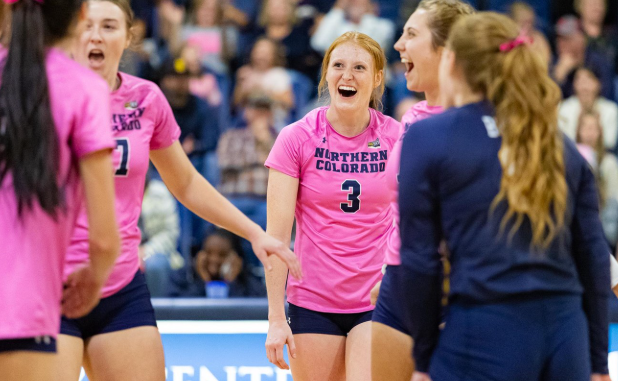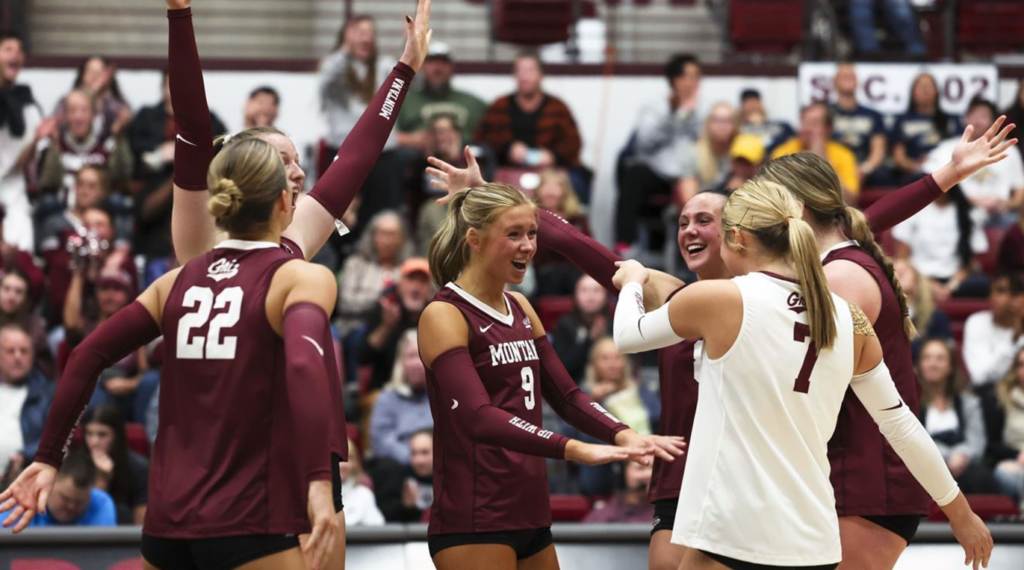
Big Sky Volleyball Standings
The Big Sky Conference is a prominent athletic conference in NCAA Division I that includes a strong tradition in volleyball. This article provides an in-depth look at the Big Sky volleyball standings, highlighting team performances, key players, notable matches, and their impact on the broader collegiate volleyball landscape. By analyzing these standings, we can appreciate the competitiveness, strategic brilliance, and athletic excellence that define the Big Sky volleyball season.
Overview of the Big Sky Conference
The Big Sky Conference, founded in 1963, is known for its diverse array of sports, including volleyball. Member schools hail from various states in the Western United States, such as Idaho, Montana, Utah, and California, making the conference geographically vast and competitively diverse.
In volleyball, the Big Sky features exceptional teams that consistently compete for NCAA Tournament bids. The conference’s unique mix of experienced programs and rising contenders contributes to its dynamic and unpredictable standings.

See Also; SEC Volleyball
Structure of the Big Sky Volleyball Season
Regular Season
The Big Sky volleyball season typically comprises a rigorous schedule where teams play a mix of home and away games. Each team faces its conference rivals in double round-robin matches, creating opportunities for standout performances and upsets.
Conference Tournament
At the conclusion of the regular season, the top eight teams qualify for the Big Sky Conference Tournament. The winner of this tournament secures an automatic bid to the NCAA Volleyball Championship, elevating the stakes of every match in the standings.
See Also; NPJ Volleyball
2024 Big Sky Volleyball Teams
The Big Sky Conference includes the following volleyball programs:
- Eastern Washington Eagles
- Idaho Vandals
- Idaho State Bengals
- Montana Grizzlies
- Montana State Bobcats
- Northern Arizona Lumberjacks
- Northern Colorado Bears
- Portland State Vikings
- Sacramento State Hornets
- Weber State Wildcats
Each of these teams brings unique strengths, tactics, and traditions to the competition, influencing the yearly standings.
Current Standings: An Overview
As of the latest updates, the standings reflect the culmination of months of hard-fought battles. While standings fluctuate during the season, here’s a snapshot of key highlights based on recent performances:
Top Contenders
- Northern Colorado Bears: Traditionally a powerhouse, the Bears often dominate the standings with their disciplined defense and high-powered offense.
- Weber State Wildcats: Known for their dynamic players and consistent coaching, the Wildcats are perennial contenders for the top spot.
- Portland State Vikings: This team excels in strategic adaptability, making them a tough opponent for any team.
Mid-Tier Teams
- Northern Arizona Lumberjacks: With a mix of veteran leadership and emerging talent, they are a team to watch.
- Sacramento State Hornets: Often underestimated, the Hornets’ resilience makes them a dark horse in the standings.
Rebuilding Programs
- Idaho Vandals and Montana State Bobcats: These teams are in the process of rebuilding, focusing on long-term development and fostering young talent.

Key Factors Influencing the Standings
1. Player Performance
Star players play a significant role in shaping a team’s position in the standings. In 2024, several athletes have stood out with their remarkable performances:
- Setter Excellence: The role of setters, who orchestrate the offense, has been critical. Teams like Northern Colorado and Weber State rely heavily on their setters to create scoring opportunities.
- Dominant Hitters: Outside hitters and middle blockers have been the backbone of scoring. Players such as standout outside hitters from Northern Arizona have made a noticeable impact.
2. Coaching Strategies
Coaches play a pivotal role in devising strategies that exploit opponents’ weaknesses. Notable coaches in the Big Sky Conference include:
- Lyndsey Oates (Northern Colorado): Known for her tactical acumen.
- Jeremiah Larsen (Weber State): Renowned for motivating players and adapting mid-game strategies.
3. Home Court Advantage
Teams often excel on their home courts due to familiar conditions and passionate fan support. The elevation factor in venues such as Montana and Northern Arizona also challenges visiting teams.
4. Injuries and Roster Depth
Injuries can significantly alter the trajectory of a team’s season. Depth in the roster ensures that teams remain competitive despite setbacks.
See Also; megan york volleyball
Memorable Matches in Recent Seasons
Several high-stakes matches have shaped the standings and reflected the intensity of Big Sky volleyball:
Northern Colorado vs. Weber State
A clash between these two powerhouses is always a spectacle. Their recent matches showcased thrilling rallies, strategic serves, and outstanding defensive plays.
Portland State vs. Northern Arizona
This mid-season rivalry often determines which team climbs to the top-tier standings. Their matches highlight teamwork and mental resilience.
Montana State vs. Montana (Brawl of the Wild)
The rivalry between these two Montana schools transcends volleyball. Their encounters are emotionally charged and attract large crowds, adding to the excitement of the season.
Statistical Breakdown
Team Statistics
- Attack Percentage: Teams with higher efficiency in attacks, such as Northern Colorado, often lead the standings.
- Defensive Records: Blocks per set and digs per set are crucial metrics. Weber State’s defensive consistency has been a hallmark of their success.
Individual Statistics
- Kill Leaders: Star players with high kill counts have been game-changers.
- Assist Leaders: Setters with the most assists per set exemplify their importance in team strategy.
Impact on NCAA Tournament
The Big Sky Conference’s competitive nature prepares its champion for the NCAA Tournament. Recent years have seen Big Sky teams pulling off upsets against higher-seeded opponents, enhancing the conference’s reputation.
Future Prospects
Emerging Players
The influx of young talent suggests a bright future for the conference. Freshmen and sophomores from programs like Sacramento State are already making a mark.
Recruitment Trends
Coaches are focusing on recruiting versatile players who excel in multiple positions, ensuring adaptability during matches.
Technological Advancements
The use of video analysis and data-driven training is improving team performances. Advanced analytics allow coaches to fine-tune strategies based on opponents’ tendencies.
Conclusion
The Big Sky volleyball standings serve as a testament to the skill, determination, and passion of the teams competing in this prestigious conference. By examining the factors that influence standings, from player performances to coaching strategies, fans and analysts alike can appreciate the complexity and excitement of collegiate volleyball. As the 2024 season unfolds, the standings will continue to reflect the dynamic and fiercely competitive nature of Big Sky volleyball, setting the stage for thrilling matches and unforgettable moments.
Leave a Reply